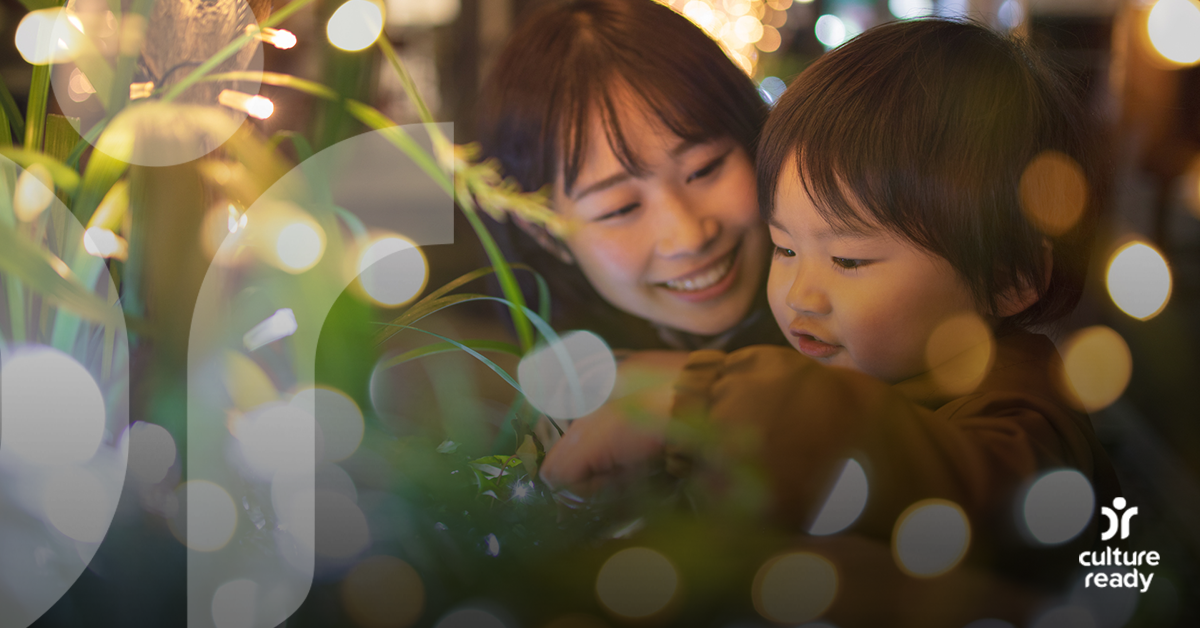Christmas and New Year's Traditions in Japan
Although Japan is not a primarily Christian country, people take part in many traditional Christmas activities like visiting holiday markets, admiring light displays, and decorating Christmas trees. Some traditions, however, are uniquely Japanese.
Instead of Santa Claus, well-behaved children receive presents from Santa-san and the Buddhist monk Hoteiosho. Gift exchanges are only common between significant others, who give each other presents on Christmas Eve.
Because December 24 is similar to Valentine’s Day, Japanese couples make reservations in fancy restaurants and spend the evening taking walks to take in the holiday illuminations. Admiring these elaborate light displays at malls, public parks and other landmarks like Tokyo Station are a favorite way to celebrate the Christmas season.
For nearly 50 years, Japanese people have made Kentucky Fried Chicken their traditional Christmas meal. This is due to a very successful 1974 KFC ad campaign featuring Colonel Sanders dressed as Santa. Friends and families celebrate by sharing “Christmas cake,” a light spongy cake with whipped cream filling that’s decorated with strawberries.
Another popular holiday activity is visiting Tokyo Disney, which hosts an annual Christmas parade and features elaborate lights and decorations.
As the new year approaches, Japanese families clean their homes and decorate their entrances with pine, bamboo, and plum tree ornaments. They send “nenga,” which are New Year’s greeting cards, to friends and family members.
New Year’s or “shōgatsu” is actually Japan’s most important holiday, and people take part in several unique traditions.
For example, every year Buddhist temples across Japan ring their bells 108 times at the stroke of midnight, a practice known as “Joya no Kane.” The number 108 represents the number of human desires in Buddhism, and the bells ring to drive away negativity from the previous year.
At midnight, family members address each other with the greeting “akemashite omedetō gozaimasu,” while kneeling and bowing. The phrase translates to “Congratulations on the start of the new year.”
Traditionally, as day breaks on January 1st, people gather anywhere they can get a view of the sky to participate in “Hatsuhinode,” the first sunrise of the year. This sunrise represents the coming year and brings in happiness and good fortune.
The same is true of “osechi-ryōri,” the traditional foods enjoyed on New Year’s Day in Japan, which include colorful dishes like sushi and vegetables.
During the first days of January, many people in Japan visit a shrine or temple to show gratitude for the health and happiness they enjoyed the previous year and pray for prosperity in the new year. The first shrine visit of the year is known as Hatsumode. Buddhist and Shinto temples host food stands and have lucky charms for sale. The charms, called omamori, are engraved with prayers for a lucky year ahead.
Learn More:
Holiday Traditions in Japan
How to Celebrate Christmas in Japan
New Year in Japan
